From Toonumbar Dam in north to Brogo Dam in south
Hazard reduction burns across regional NSW during autumn will help protect dams, weirs and water supply infrastructure from future intense wildfires.
Burns will be conducted at 16 locations over the next few months from Toonumbar Dam near Kyogle on the north coast to Brogo Dam near Bega on the south coast.
“These hazard reduction burns range from routine vegetation management to broad acre burns,” WaterNSW Fire Management Planning Specialist, Chris Wallbridge, said.
Burns are currently planned for Toonumbar, Pindari, Copeton, Keepit, Split Rock, Chaffey, Glenbawn, Glennis Creek, Blowering, Burrunjuck and Brogo dams, as well as weirs in the Riverina.
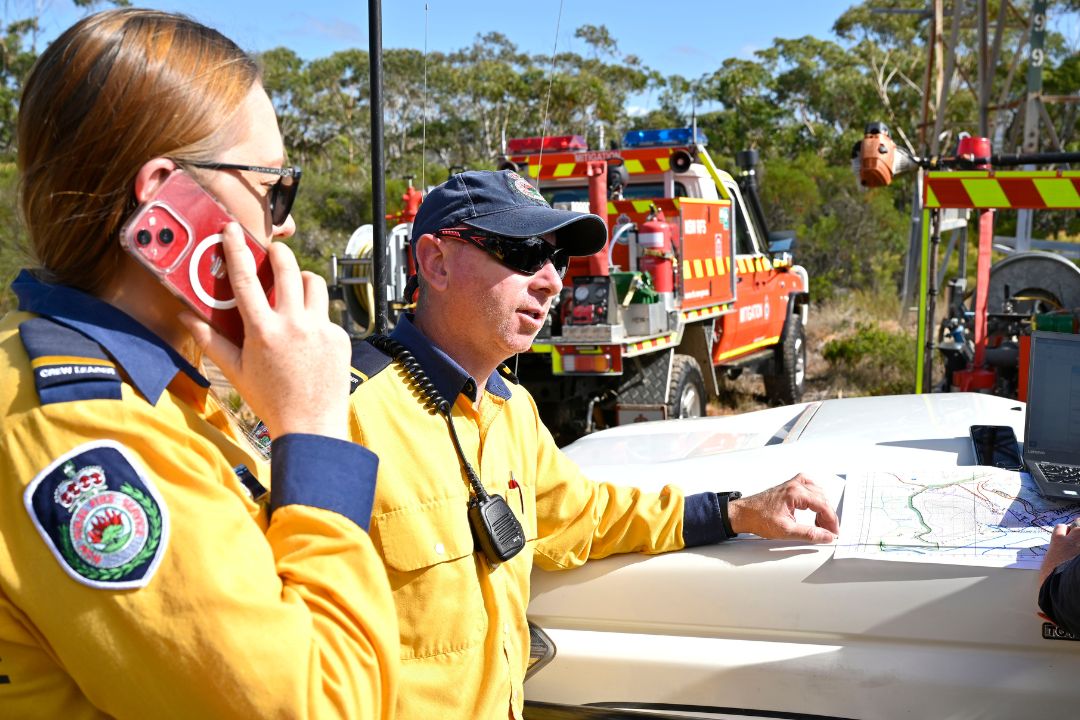
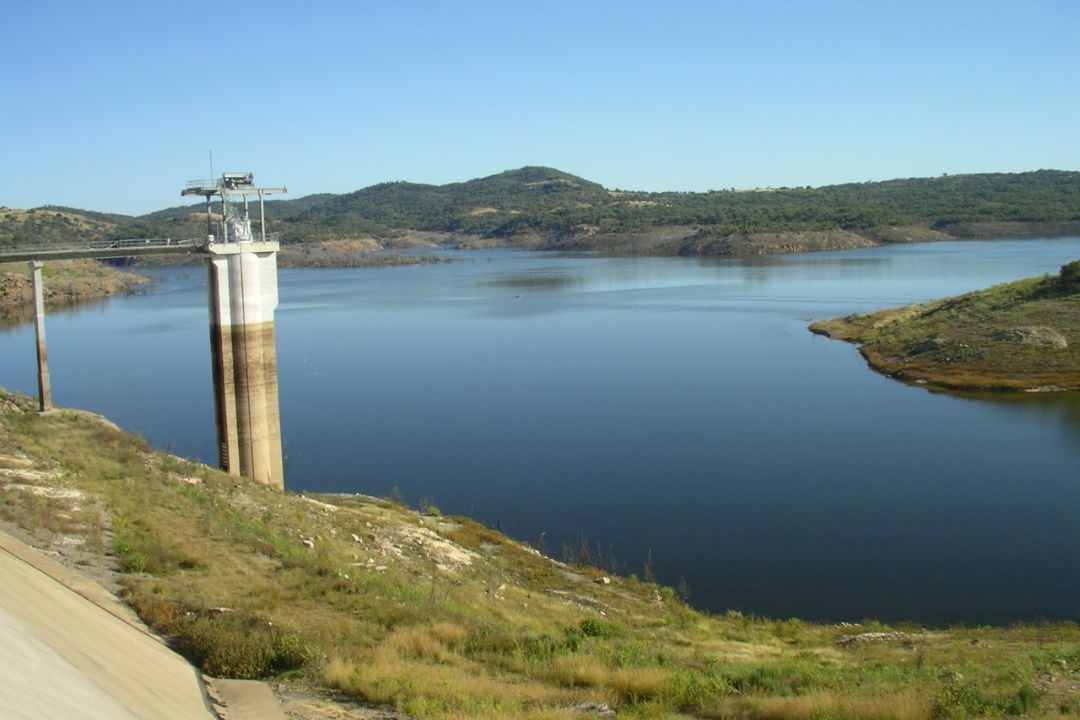
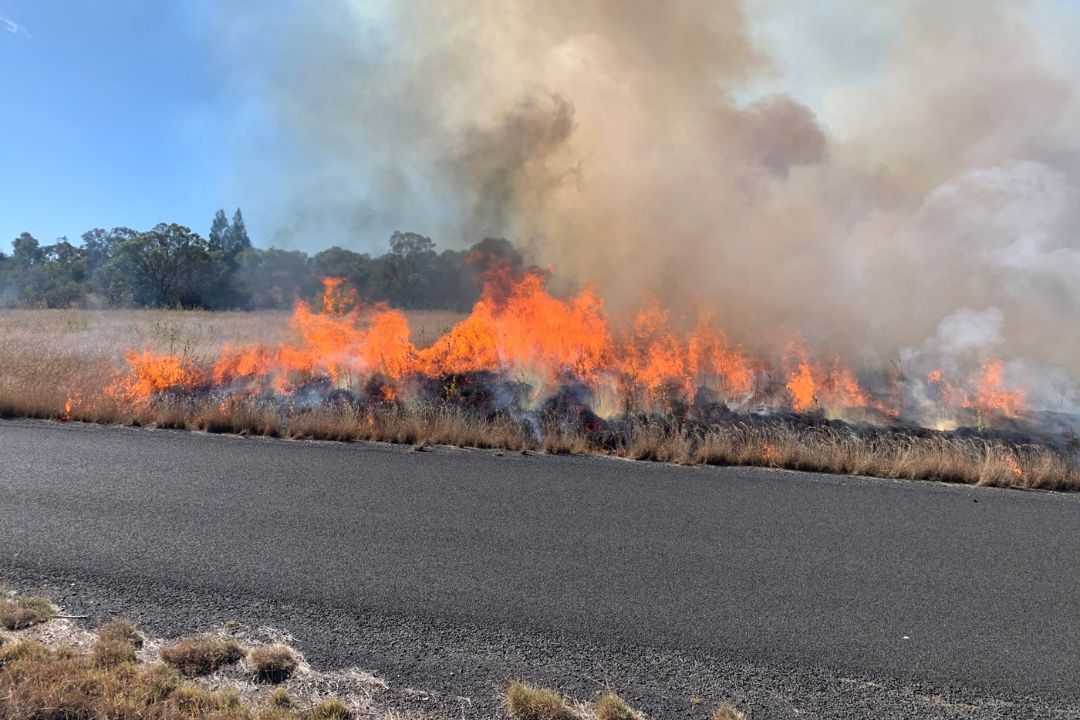
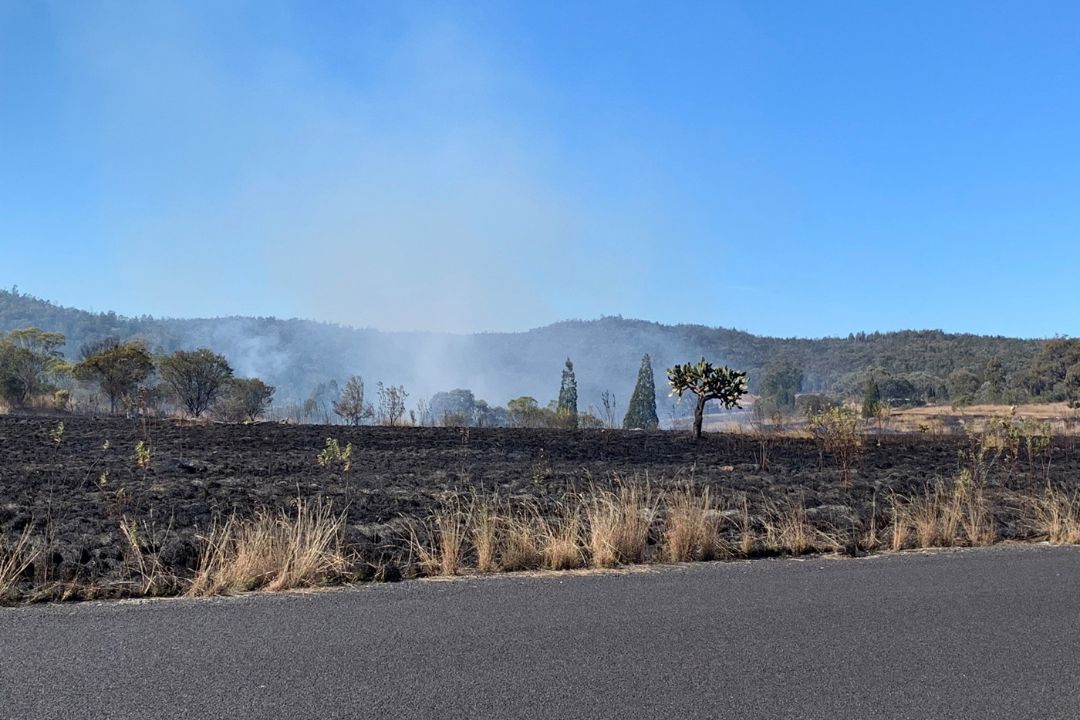
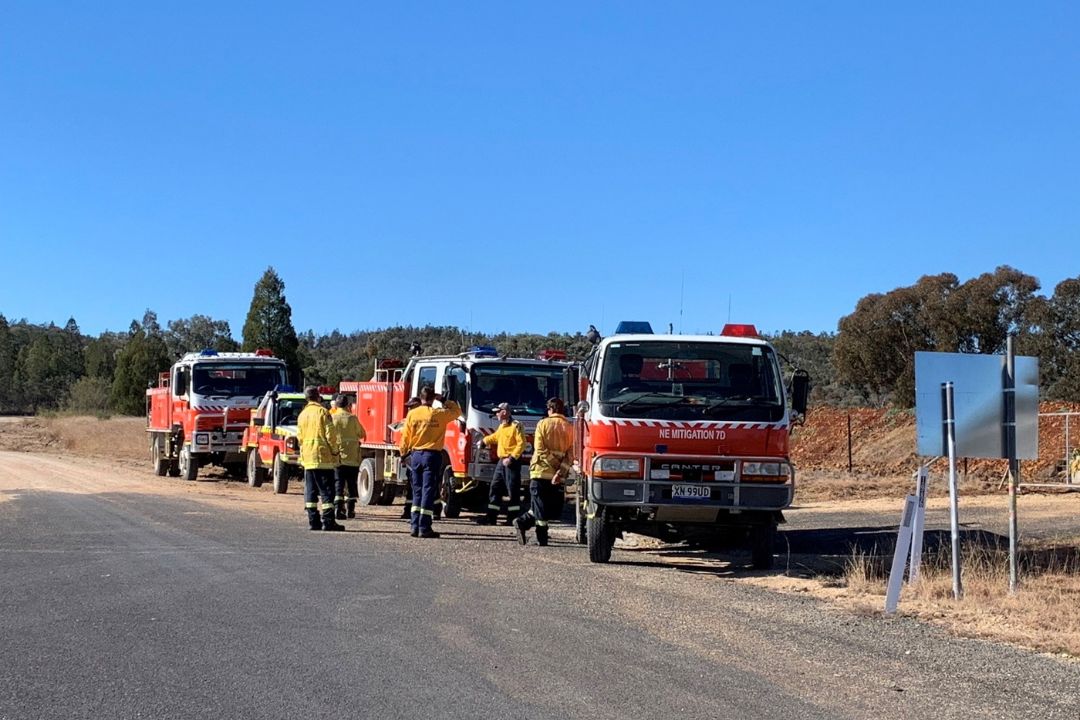
Teams are briefed on site after months of careful planning.
Working with local partners and RFS
WaterNSW works closely with the Rural Fire Service and other agencies across regional NSW when planning and conducting hazard reduction burns. Extensive planning and reviews are conducted to ensure WaterNSW meets its obligations under the Rural Fire Act.
“We are actively involved with bushfire control planning through the relevant local bushfire management committees to ensure we have accurate and current information,” Chris said.
High rainfall across the state has resulted in above average vegetation growth in bushland and grassland. When fuel loads start to dry out, the spring and summer of 2023-24 could see widespread fire risk.
Published date: 9 May 2023
WaterNSW acknowledges the traditional custodians of the lands and waters on which we work and pay our respects to all elders past, present and emerging. Learn more
